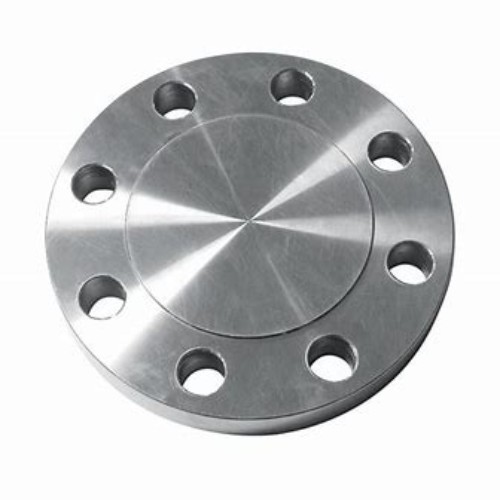three types of check valves used in hydraulics
Three Types of Check Valves Used in Hydraulics
Check valves play a crucial role in hydraulic systems by preventing backflow and ensuring that fluid flows in the desired direction. These valves are essential for maintaining system efficiency and protecting components from damage. Among the various types of check valves used in hydraulics, three prominent ones stand out ball check valves, swing check valves, and diaphragm check valves.
Ball check valves use a spherical ball to block or allow the flow of fluid. When fluid flows in the forward direction, the pressure lifts the ball off its seat, allowing free passage. However, when the flow reverses, gravity on the ball forces it back to its seat, effectively sealing the valve and preventing backflow. These valves are often favored for their simplicity and effectiveness in high-pressure applications. They can be made from various materials, including rubber and metal, providing options for different environmental considerations and fluid types.
2. Swing Check Valves
three types of check valves used in hydraulics

Swing check valves operate with a hinged disc that swings open when the flow of fluid is in the intended direction. Upon reverse flow or a drop in pressure, the disc closes against its seat, preventing backflow. This type of check valve is relatively simple in design, which makes it easy to maintain and install. Swing check valves are particularly useful in large-diameter pipe systems due to their ability to handle a higher flow rate and lower pressure drops compared to other check valve types. However, they require a certain amount of back pressure to close effectively, which may not be suitable for all applications.
3. Diaphragm Check Valves
Diaphragm check valves utilize a flexible diaphragm that moves up and down to either allow or block fluid flow. When the pressure in the forward direction exceeds the diaphragm's resistance, it lifts and permits fluid passage. Conversely, if back pressure occurs, the diaphragm seals against its seat and prevents reverse flow. These valves are appreciated in applications where precise flow control is necessary, such as in food processing and pharmaceuticals, where hygiene and fluid purity are paramount.
In conclusion, selecting the right type of check valve is essential for the efficiency and reliability of hydraulic systems. Ball, swing, and diaphragm check valves each offer unique advantages and are suited to different applications. Understanding their functionalities can aid engineers and technicians in designing optimized hydraulic systems that minimize risks and maximize performance.
-
The Versatility of Ball Valves in Fluid Control SystemsNewsJun.10,2025
-
The Practical Benefits of Centerline Butterfly ValvesNewsJun.10,2025
-
The Benefits of Bellows Seal Globe Valves for Industrial SystemsNewsJun.10,2025
-
The Advantages of Offset Butterfly ValvesNewsJun.10,2025
-
Ductile Gate Valves: Strong, Reliable, and Essential for Every SystemNewsJun.10,2025
-
Cast Iron Gate Valves: A Reliable Solution for Every SystemNewsJun.10,2025
-
Why Choose a Brass Gate Valve for Superior Performance and DurabilityNewsMay.09,2025




